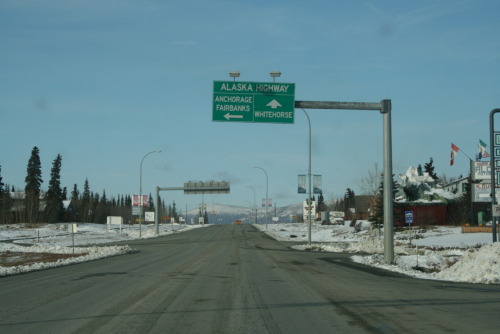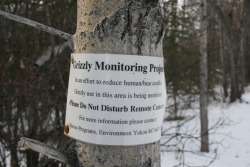
KEY CONCEPTS: disability is contextual; patience is best practice for effective management; motivation matters
Haines Junction is one of those rare places in the world, where the approach to the community is nothing short of breathtaking. Arrive from the south, Alaska, and you travel through 4 ecosystems, from temperate rain forest through sub-alpine, alpine and on the tree line, then down from the pass onto the extensive Yukon plateau of boreal forest stretching as far as one can imagine. If you arrive by the Alaska Highway from the east, your first view of the mountain backdrop to Haines Junction appears an hour before your arrival, building the anticipation for your arrival at this last stop before turning north to skirt the glacial fed Kluane Lake on the northern route to Alaska. All this is made the more spectacular by mountains that rise up as a sheer rock faces to dizzying snow-capped heights. It’s no wonder Haines Junction can draw a crowd, to include more than its fair share of entrepreneurial minded free spirits.
Like other communities we have visited on our consultation trail, Haines Junction is experiencing a labour market problem – notably, a shortage of qualified, ready-to-work employees that can effectively adapt to the peaks and troughs of a seasonal economy, as visitors begin to arrive each spring from around the world to visit Kluane National park and travel the Alaska Highway north.
Here are some of the ideas and issues regarding disabilities and employment we identified in our discussions with employers and agencies in the area.
Employers say they are open to recruiting and retaining staff with an identified disability. Barriers to employment tend to be rooted in goodness-of-fit between what a potential employee can do and what the job requires.
Employers tended to not rely on outside support from agencies or services to address potential disabilities issues. This was in part because employers are not aware of the kinds of service available, but also because small to medium sized businesses in the communities don’t have the time to go looking for the support in the first place.
Employers tended to imply that a disability was only a DISability when it prevented a person from getting a job done.
One employer talked about how certain disabilities might present a barrier to employment only in some sectors. For example, in the building and construction industry, much of the work is undertaken on, at times, chaotic and constantly changing building sites – where heavy machinery are working, the footing is precarious, and the work of individuals on a crew are largely unsupervised. This same employer suggested it might be possible to hire on tradespeople and labourers with disabilities, but that the conditions of their employment would have to be carefully tailored to ensure both their safety and productivity. If these things could be addressed, then a disability would be no barrier to employment. The secondary problem for employers is time it might take to coordinate a hire that includes arranging or managing a disability employment network for a employee.
This employer identified the two key strands to successful employment, namely: (1) goodness-of-fit between job skills and demands, and (2) cost effective HR solutions. Within each of these two elements there is cascading set of parameters and solutions – all of which we must address as we embark on deriving an effective disability employment strategy.
Defining disability – when something is or isn’t a disability, or when someone has or does not have a disability – was a repeating issue for employers. Employers were quick to jump to the social constructivist idea of disability – that is, a disability is only a disability in the workplace when it prevents someone from doing their job. With this as the pretext to most discussions, it is perhaps not surprising that one employer suggested that speaking a foreign language could also be considered a kind of disability. The example was given of foreign workers arriving in Yukon, and the struggle of overcoming the language barrier, and the problems this initially presented for securing and retaining employment. This employer emphasized that a key to success in business is patience – patience with staff, and a lasting support for staff development when motivation is not a barrier. The implication was, a highly motivated employee can overcome nearly any potential barrier to employment given the right conditions at work: most importantly perhaps is a patient and supportive employer. The reciprocal benefits to both are measurable and lasting.




